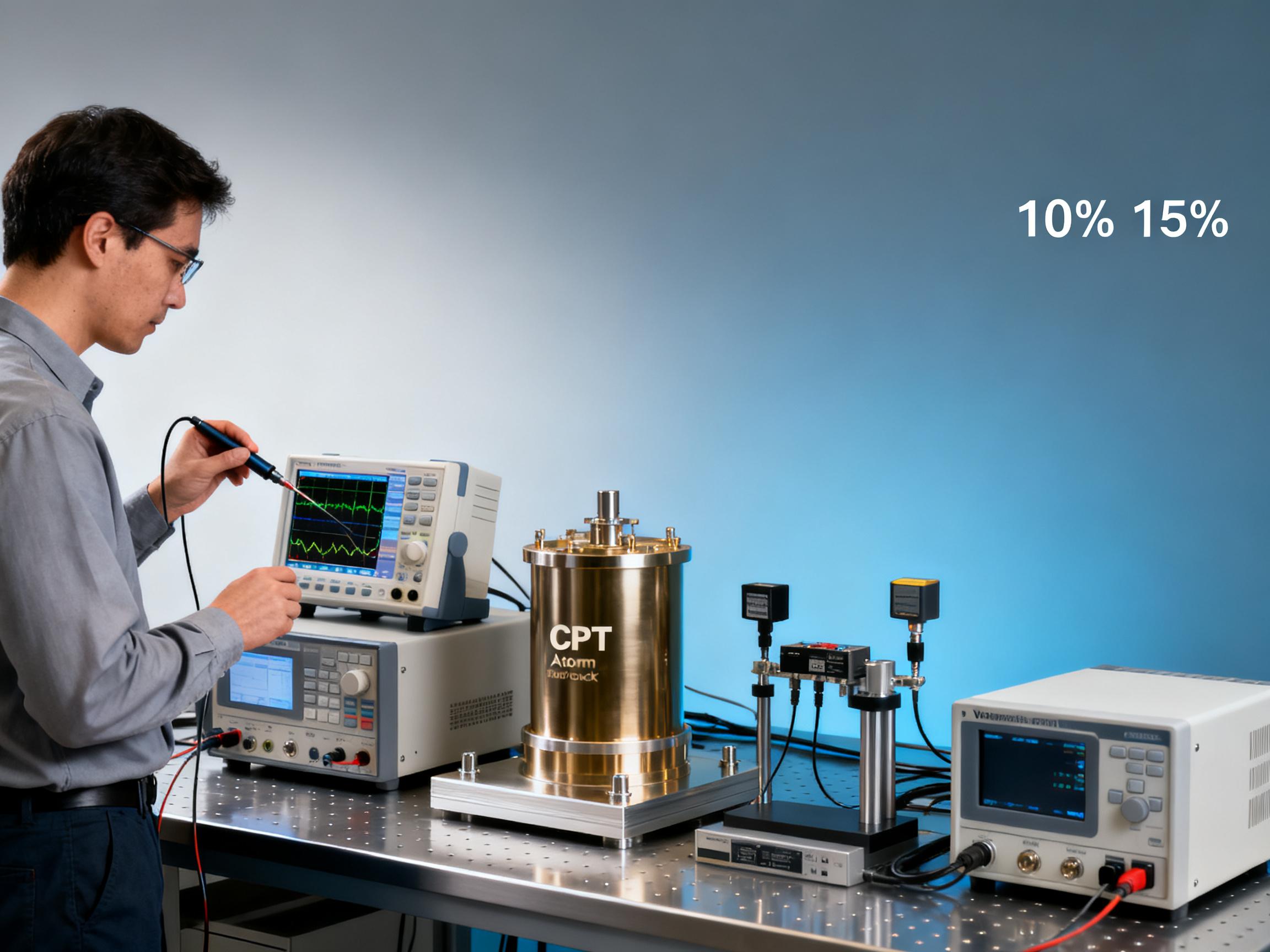RELATED
![How CPT Atomic Clocks Reduce OPEX in 5G Base Stations [Real Data] How CPT Atomic Clocks Reduce OPEX in 5G Base Stations [Real Data]](https://usimg.bjyyb.net/grey.png?x-oss-process=image/resize,m_fixed,w_800,h_600,limit_0) How CPT Atomic Clocks Reduce OPEX in 5G Base Stations [Real Data]2025-12-11
How CPT Atomic Clocks Reduce OPEX in 5G Base Stations [Real Data]2025-12-11 2024 CPT Atomic Clock vs Rubidium: Which Offers Better Stability for Telecom Networks?2025-12-08
2024 CPT Atomic Clock vs Rubidium: Which Offers Better Stability for Telecom Networks?2025-12-08 Live Demo Results: CPT Atomic Clock Performance Under Harsh Environmental Tests (Data Inside)2025-12-05
Live Demo Results: CPT Atomic Clock Performance Under Harsh Environmental Tests (Data Inside)2025-12-05 Budgeting for Precision: Total Cost of Ownership for a Rubidium Atomic Clock Over 5 Years2025-12-03
Budgeting for Precision: Total Cost of Ownership for a Rubidium Atomic Clock Over 5 Years2025-12-03
MESSAGE
Synchronous Dynamic Random Access Memory (SDRAM) is a type of random access memory commonly used in computers and other digital systems. Here is how it works:
Working principle:
SDRAM works synchronously with the system clock, which means that all its operations (such as reading, writing, refreshing, etc.) are performed under the control of the clock signal. The SDRAM is composed of multiple memory arrays, each of which contains many memory cells that can store one bit of binary data. When performing a read operation, the row and column of the memory cell to be read are first selected through the address line, and then the data in the memory cell is transferred to the data bus for external devices to read under the drive of the clock signal. When writing, the address of the memory cell is also selected first, and then the data is written to the specified memory cell through the data bus. Since the memory cell of SDRAM stores data based on capacitors, there will be leakage in the capacitor, so the memory cell needs to be refreshed regularly to maintain the correctness of the data.
CONTACT US
Please use the form below to get in touch.
If you need a reply we will get in touch as soon as possible.

![How CPT Atomic Clocks Reduce OPEX in 5G Base Stations [Real Data] How CPT Atomic Clocks Reduce OPEX in 5G Base Stations [Real Data]](https://usimg.bjyyb.net/sites/91500/91958/1765179857856560163985903616.jpeg)



